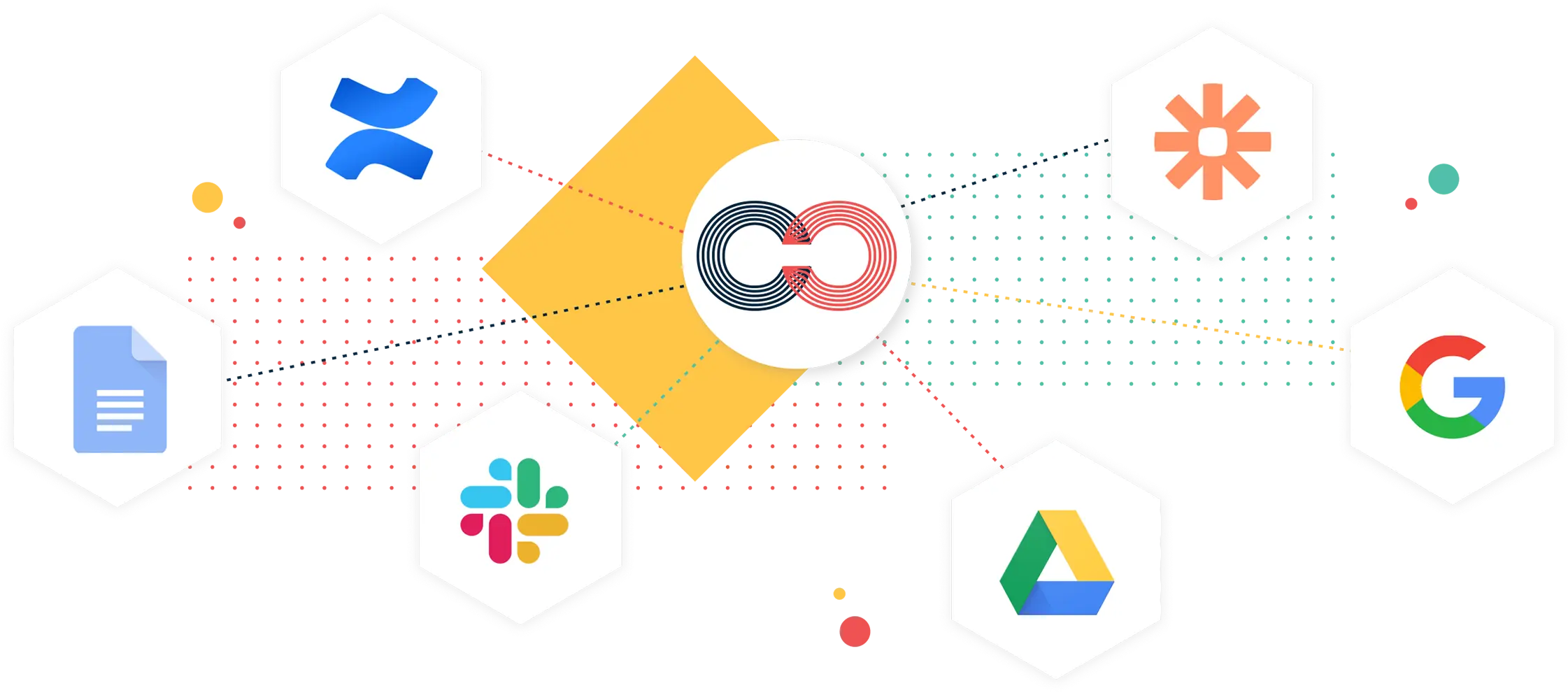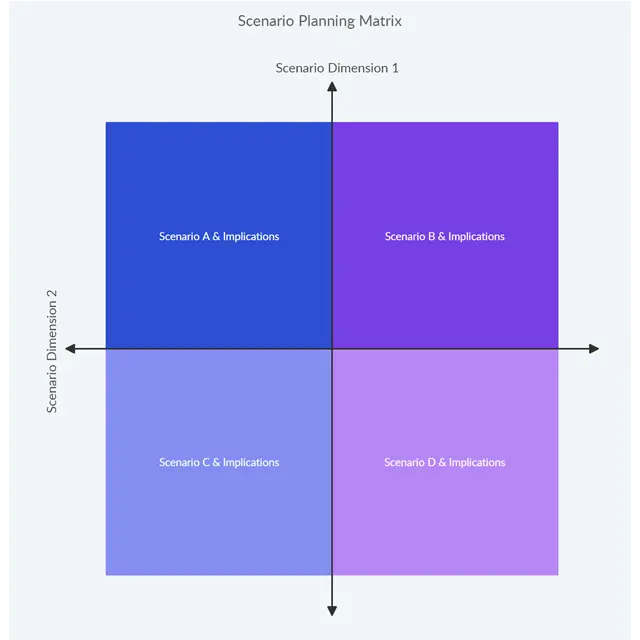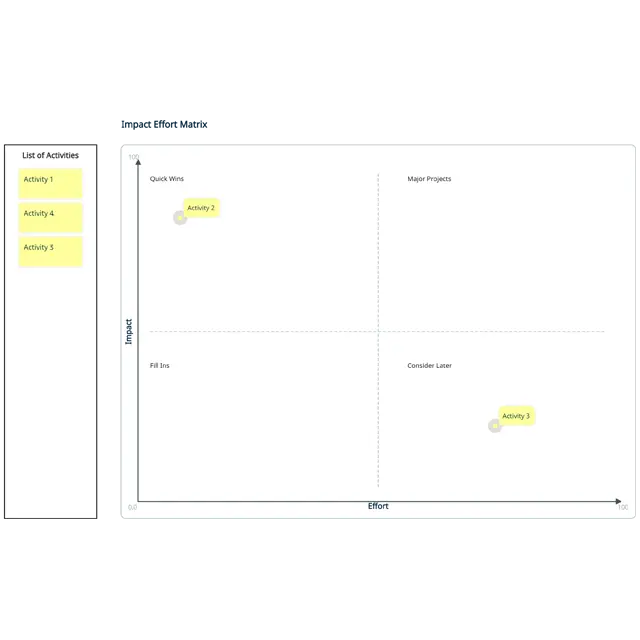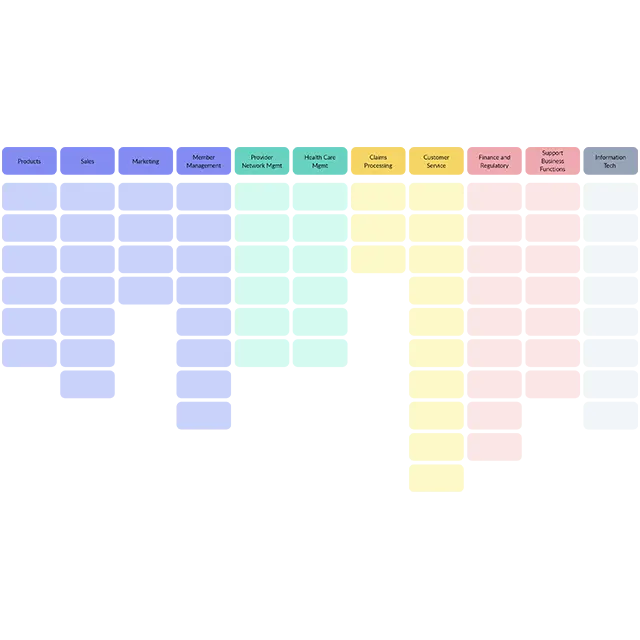Cynefin Framework Template
Solve complex problems with this guide to better decision making
Start a Canvas- Cleary understand multi-dimensional problems by visualizing it with Cynefin Framework templates, categorize them and make appropriate decisions
- Collaborate seamlessly with in-app video conferencing, synchronous editing, real-time mouse tracking & change previews
- Share your Cynefin template to explain your thought process across multiple platforms like Google Docs, Google Drive, Slack, and Confluence with powerful integrations
Creately helps you do this with
Guide and Best Practices
Cynefin Framework is a conceptual framework and is considered to be a ‘sense-making device’. It allows decision-makers to view a situation or problem from different perspectives and take appropriate action. It is a great way to respond to a crisis and can be used to train employees on how to react to worse case situations
How to Use the Cynefin Framework?
- The framework is divided into 4 broad categories, complex, complicated, chaotic and simple.
- The simple domain is an ordered system which means there is a relationship that exists between cause and effect- it is predictable, and can be repeated. In this section that relationship is self-evident to any reasonable person, hence the decision model is, ‘sense, categorize and respond.’
- In the complicated domain, there is a relationship between cause and effect but it’s not self-evident and hence requires expertise. The response here is, ‘sense, analyze, respond.'
- The complex domain deals with situations where cause and effect is only understood in hindsight. Here the response involves, ‘probe, sense, respond’. Here experiments are conducted and adjustments are made.
- In a chaotic domain, no cause and effect relationship can be determined. Here the response is, ‘act, sense, respond’, here any action taken will be novel.
- This mode helps you to determine where you stand when a problem arises and allows you to change your thinking accordingly.
More templates and visual ideas for decision making
Works with the tools you love
Thoughtfully designed integrations with the platforms you use every day




